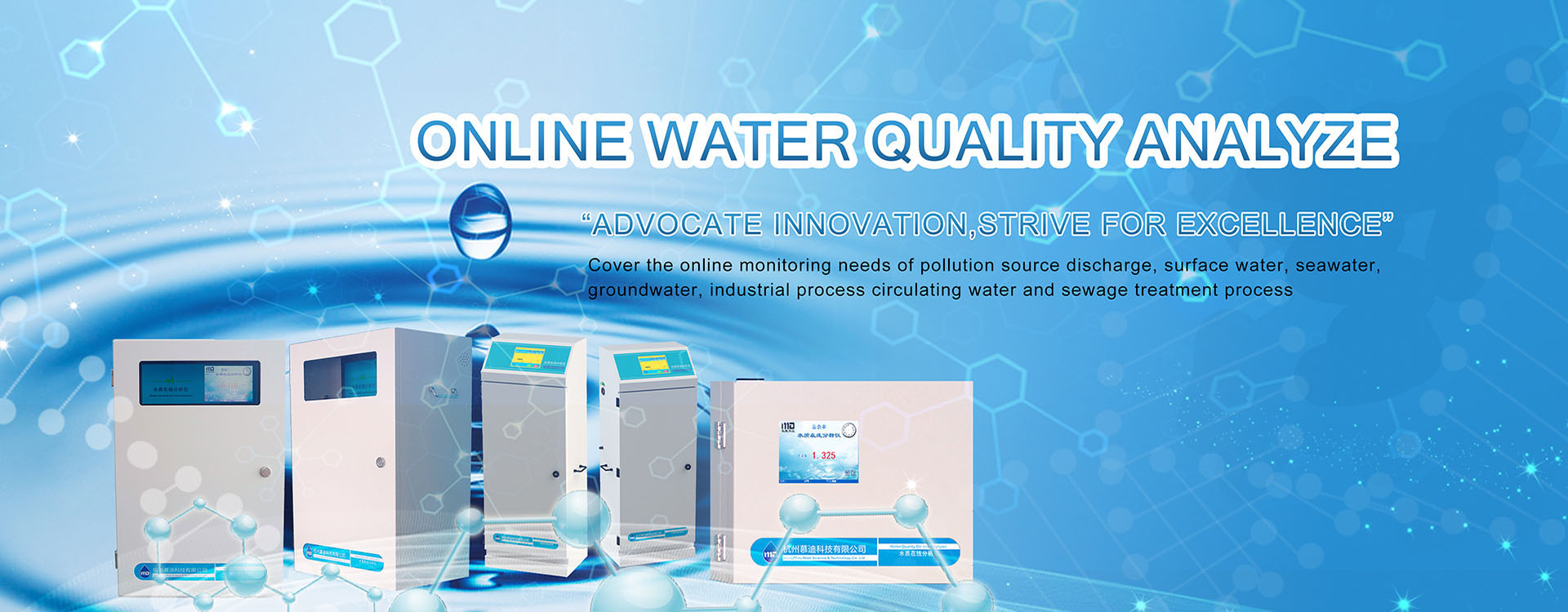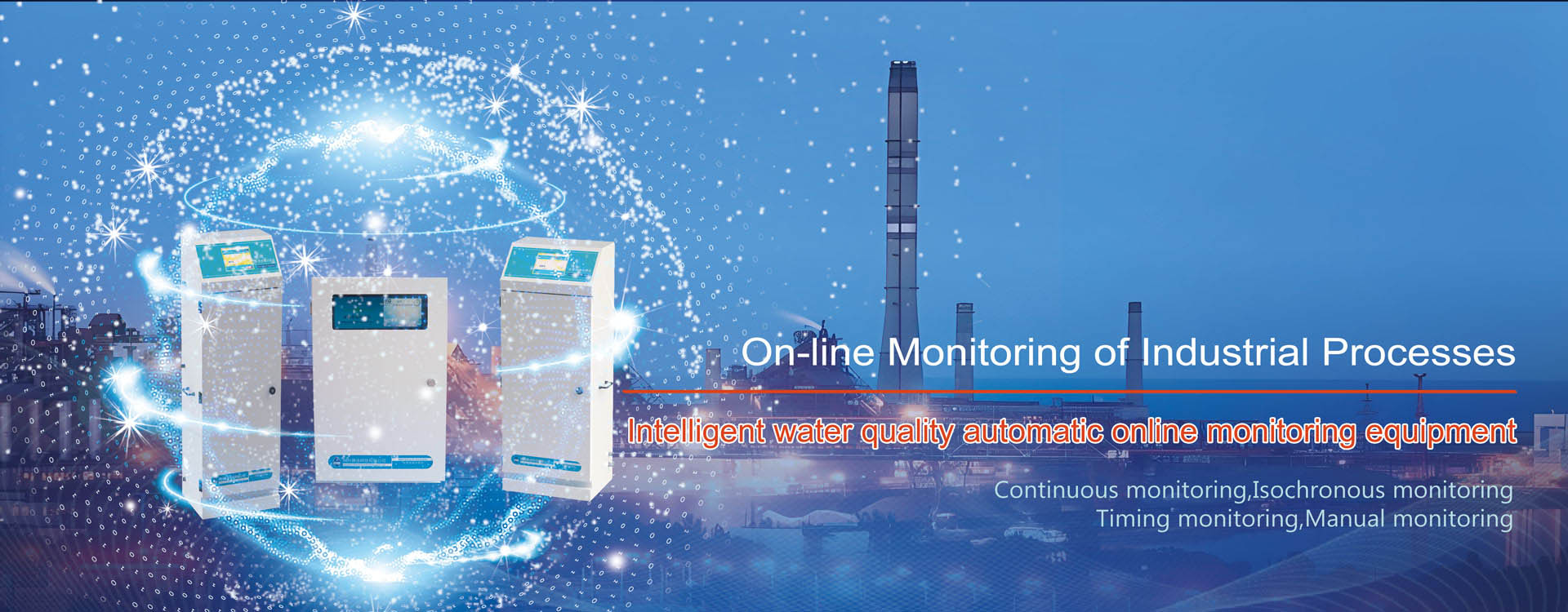Domestic sewage contains organic matter and some pathogenic microorganisms, because the organic matter in domestic sewage is unstable, resulting in a smelly smell around us. If the sewage is discharged directly in this way, it is easy to produce some infectious viruses and endanger human health. At this time, it is necessary to detect various indicators of sewage through the water quality monitoring instrument, so the detection of biological sewage is not only necessary to detect E. coli?
That’s not true! E. coli refers to a group of bacteria with certain characteristics associated with fecal contamination, which can only be said to be one of the items of domestic sewage monitoring! Escherichia coli test technology is a kind of Escherichia coli detection system based on biosensor technology, which provides an effective detection means to deal with water supply contamination. The number of E. coli in water samples can be expressed by comparing the degree of light intensity weakening of the solution with that of a non-toxic control blank experiment. The enzyme substrate method used in the WECT-900 Escherichia coli online analyzer produced by Hangzhou-Modi, the principle that the enzyme and the light signal after the reaction of bacterial culture are proportional to the change, reflects the total amount of bacteria or coliform bacteria in the sample.
So Drinking Water Testing is Not Only E. coli, What are the Other Items?
Chemical oxygen demand (COD) : High means that the water contains a lot of reducing substances, mainly organic pollutants. The higher the chemical oxygen demand, the more serious the organic pollution of the river water.
Biochemical oxygen demand (BOD) : aerobic microorganisms in water decompose organic matter in water into inorganic matter at a certain temperature, and the dissolved oxygen required in the oxidation process within a specific time is a comprehensive indicator of the content of aerobic pollutants such as organic matter in water;
Suspended matter: solid matter suspended in water, including insoluble inorganic matter, organic matter and mud sand, clay, microorganisms, etc. The content of suspended matter in water is one of the indexes to measure the degree of water pollution.
Total phosphorus: The result of converting various forms of phosphorus into orthophosphate after water sample digestion, measured in milligrams of phosphorus per liter of water sample.
As for which equipment users need to purchase to detect their parameters, this is not fixed. Still depends on the customer’s own needs!




